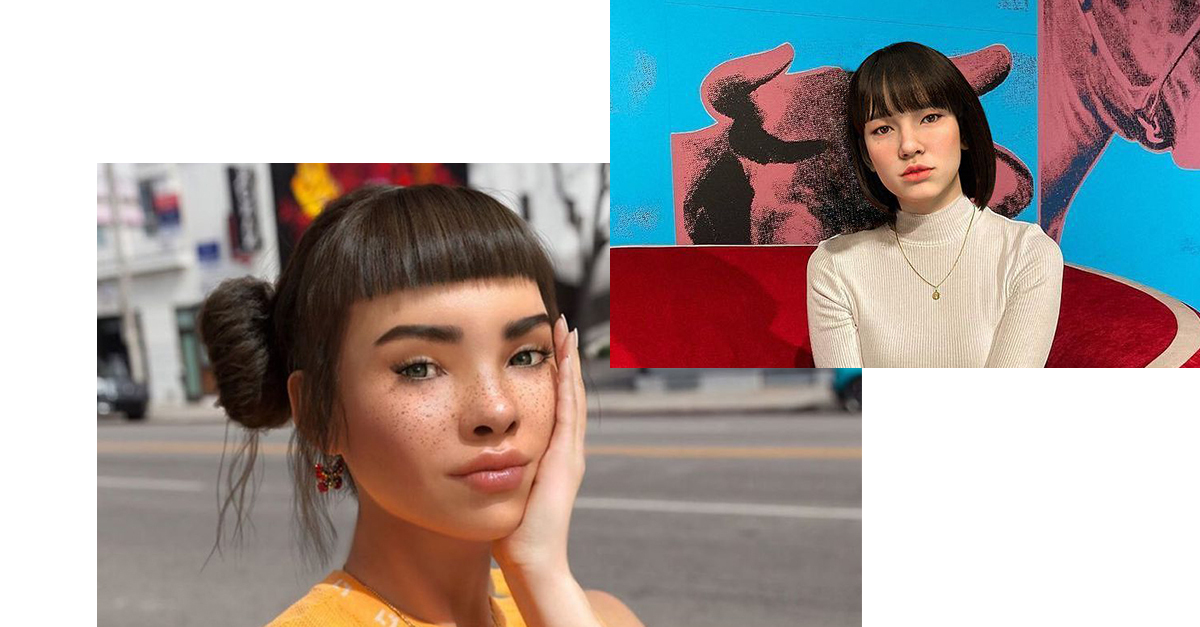24 Dec 2021
VIRTUAL INFLUENCERS ARE POISED TO REACH A TIPPING POINT IN 2022

Our Singapore CEO, Christina Chong, recently wrote this piece for WARC, sharing why she thinks 2022 is the year that virtual influencers take on even larger roles in brands’ marketing strategies.
For brands, social media has become a tough playground to be in when it comes to engaging consumers’ time and attention. With digital consumption up by 30% from two years ago, opting out isn’t possible, but as it gets harder to stand out, brands are being compelled to find new strategies.
At the same time, non-fungible tokens herald a future of always-online consumers who find greater utility in owning virtual goods (or perhaps people) that align to and express their personal identity.
Brands will have to adapt existing means of communication and engagement to continue resonating with younger generations of consumers that crave authentic and intimate online experiences. Virtual influencers may not offer a magic bullet, but they have the potential to help brands achieve that.
While VIs (virtual influencers) – those peculiar entities that sit at the intersection of machine and human – have been around for a while, 2022 is likely to be the year where they will come of age and become far more ubiquitous in the marketing plans for brands.
Marketers will be able to create virtual influencers that amalgamate brand ethos and digital word-of-mouth insights that they garner from social platforms.
At We Are Social, we’re predicting 2022 as the tipping point in the history of Vis as a result of two connected factors. One is the growing acceptance of digital cultures, and the parallel rise of interest in the metaverse. The other is that there have never been lower barriers to creation.
When combined, these two factors are set to yield a new generation of VIs who will have as much swaying power as they do staying power.
————-
Excerpt republished from WARC. Read more on WARC
Share your thoughts